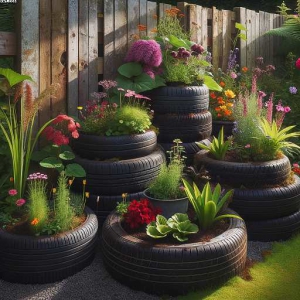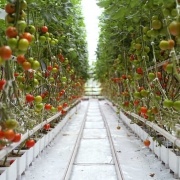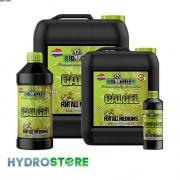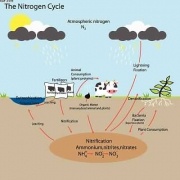A Fertiliser Revolution
Table of contents
A Fertiliser Revolution
A Fertiliser Revolution
This is great news for all plant and garden lovers. Especially in the UK. With the recent discovery of millions of tonnes of an organic fertiliser called polyhalite,.
A revolution is taking root in the heart of North Yorkshire, a transformation that will reshape the global plant-growing industry. This revolution revolves around polyhalite, a little-known but extremely important mineral. A new polyhalite production plant is sprouting, promising unprecedented global green thumb.
So, what’s all the fuss about polyhalite?
Polyhalite is a naturally occurring mineral fertiliser. Potassium, calcium, magnesium, and sulphur are all important nutrients for plant growth. A rare find that combines these essential nutrients in a single package. It’s no surprise that it’s known as the “four-in-one” fertiliser.
The new polyhalite production plant in North Yorkshire is about more than just that. It all comes down to meeting a critical need in the global agriculture industry: safe, sustainable, and efficient plant nutrition solutions. Let’s take a look at how.
Why Is Polyhalite Important?
Plants, like humans, require proper nutrition to grow strong and healthy. The right nutrients at the right time can make or break your health. Polyhalite ensures that distinction. This mineral is completely natural, environmentally friendly, and effective. It gradually releases nutrients over time, providing plants with a well-balanced diet. It does not burn or harm plants, as some synthetic fertilisers do, making it a safe bet for growers all over the world.
Feeding the World’s Fields- A Fertiliser Revolution
The North Yorkshire plant will establish the United Kingdom as a leading polyhalite producer capable of feeding the world’s fields. Its unique location has an abundance of polyhalite deposits, allowing for large-scale production. The plant can meet rising demand, providing a much-needed boost to agriculture. It is a game changer for the plant-growing industry, providing a consistent supply of this nutrient-rich mineral.
Influence on the Global Stage
This development’s global significance cannot be overstated. This new polyhalite source will greatly benefit the global plant-growing industry. It’s a giant step towards ensuring global food security and agricultural sustainability. It is not only about greener pastures, but also about feeding the future in a sustainable manner.
The Foundation of Sustainability
The plant is a shining example of environmentally friendly practices. It emphasises environmentally friendly production methods that have a low environmental impact. So it’s not just a matter of producing more; it’s also a matter of producing responsibly. The North Yorkshire plant sets the standard for environmentally conscious plant-growing production.
Increasing the Local and Global Economies-A Fertiliser Revolution
This plant will have an impact on both the local and global economies, in addition to agriculture. It will generate jobs, attract investment, and stimulate economic growth. It’s a win-win situation for the local community, the UK, and the global plant-growing industry.
In essence, the North Yorkshire polyhalite production plant is a beacon of hope and progress for the global plant-growing industry. It represents the power of innovation and sustainability in addressing some of agriculture’s most pressing challenges. It demonstrates that when nature and technology work together, the world becomes a much greener place.
The new North Yorkshire plant is more than just a polyhalite producer. It’s a symbol of long-term progress, a new chapter in global agriculture, and a giant step towards a greener, more nourished world. So, here’s to North Yorkshire polyhalite fueling plant growth in the future.



